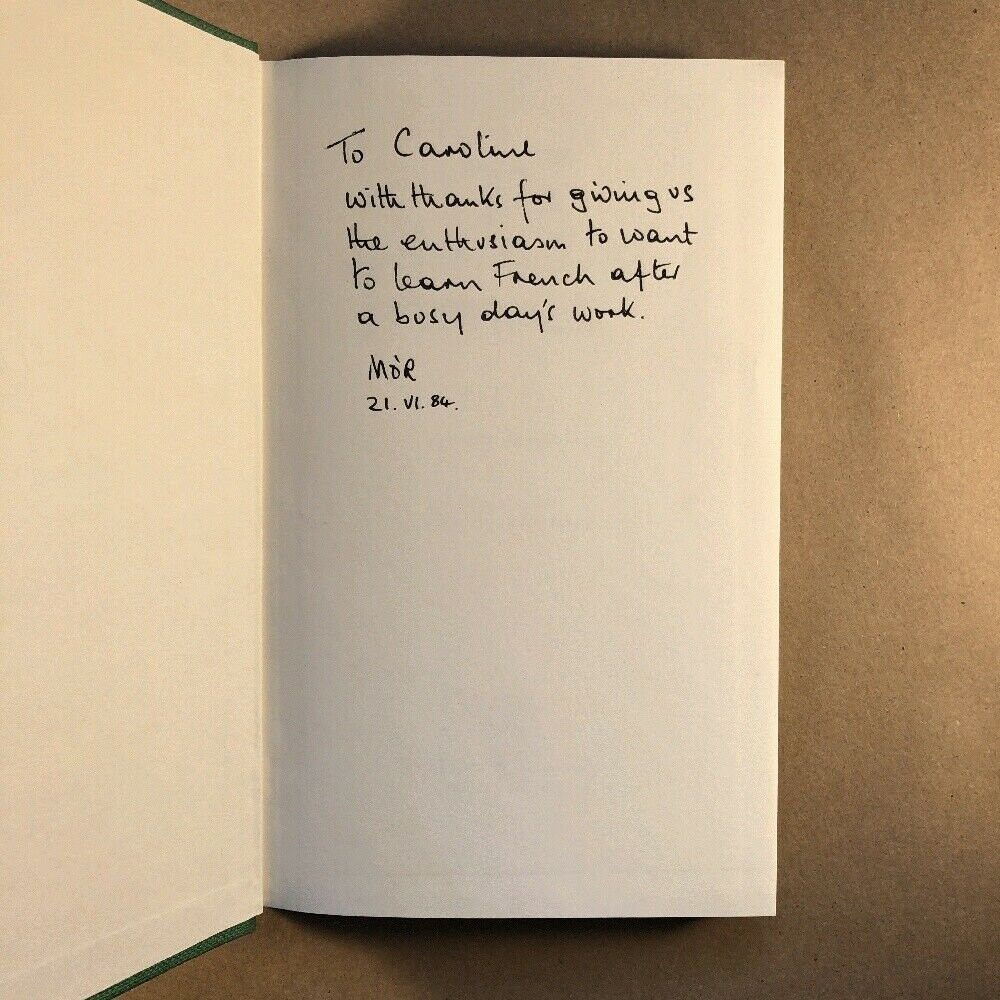

With their hopes of taming her dwindling, they finally agreed to send her to an art school in London when she was 17.Ī few years later, she met the German surrealist artist Max Ernst at a dinner party.

She terrified nuns and exhausted her parents, believed in ghosts and wanted to be an artist, and even finishing school failed to inspire any change. Instead, she spent the evening reading Aldous Huxley, and this experience later inspired her to write the grotesquely delightful short story, “ The Debutante ,” about a hyena who takes her place at the ball. They also had her ‘come out’ as a debutante in the court of Charles V, no doubt envisioning an evening of parading her in front of a lineup of wealthy potential suitors. Still hoping they could transform her into someone more respectable, who might marry old money and add some pedigree to their name, they sent her to two finishing schools in Europe. Leonora Carrington, “And Then We Saw the Daughter of the Minotaur” (1953, oil on canvas, 23 5/8 x 27 9/16 inches (Image Courtesy of the MoMA) She was expelled from each one for her “ anti-social tendencies and certain supernatural proclivities,” which included mirror writing and wearing shoes on the wrong feet. She went to a series of boarding schools and convents, but her strangeness eclipsed her chances of staying at any of them for long (she once described herself as having an “allergy” to education). Tales of enchantment and the divine entered into Carrington’s life at a young age: her Irish mother and grandmother would captivate the young Leonora with Celtic myths and told her that she was directly descended from a race of Irish fairy people called the Sidhe. Her parents were nouveau riche, and she and her three brothers were raised in a looming gothic mansion called Crookhey Hall, located not far from where the Pendle witch trials took place. Leonora Carrington was born in 1917 in Lancashire, England to a strict Catholic family. She had all the makings of an icon, and yet she did not find acclaim or notoriety until after her death in 2011. She was a surrealist painter, a magic practitioner, a runaway, and a debutante. Her wild life was marked by adventure, rebellion, and an irrepressible desire to create. Long before Sephora started selling “ Starter Witch Kits” and books with titles like Witches, Sluts, Feminists: Conjuring the Sex Positive became mainstream, the Mexican-British surrealist painter, Leonora Carrington, was conjuring her own magical realms with the help of paint and the written word.


 0 kommentar(er)
0 kommentar(er)
